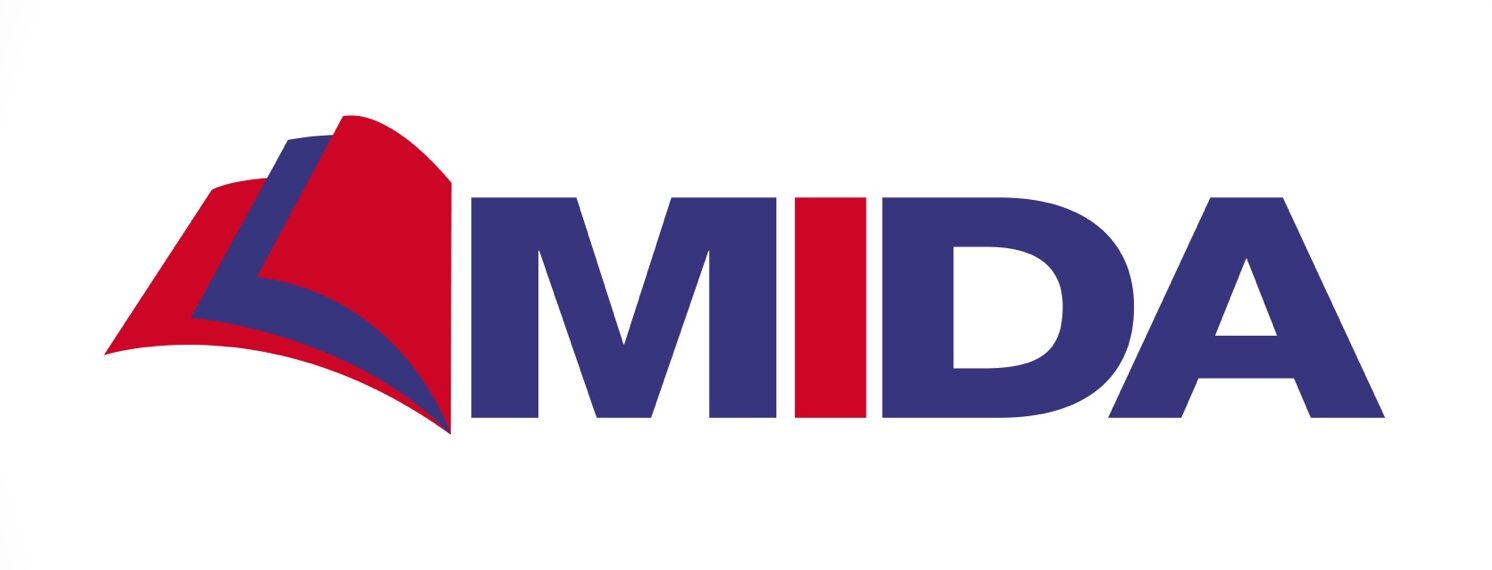Project Manager: Reyazul Haque
Project Status: running
This project looks into newsreels (Der Augenzeuge) focusing on India which were produced by Deutsche Film-Aktiengesellschaft (DeFA) in the German Democratic Republic between 1946 and 1980. In post-war East Germany, and later in the German Democratic Republic (GDR), India occupied a crucial and interesting place in these cinematic productions that produced specific types of images of India. These newsreels were screened in cinema houses before and during interludes of main feature films.
This project seeks to study and analyze the aesthetics, content, and cultural-political arguments of the newsreels, alongside its production processes. By studying these aspects, the project seeks to outline the history of Indo-GDR entanglements in this specific area, as well as to discuss the nature and understanding of “entanglement” in the context of newsreel productions.
Along with the problematics of entanglements, this work seeks to discuss and bring forth the issue of ‘movements’ and ‘concepts’: it will see how ‘movement’ played a role in cinematic aesthetics during cold war times, when moving objects, the movement of people from one country to another, modes of transportations, mobilization, etc., were construed as symbols of modernism and development. This work will ask how the movement of cinematic materials (shots/footages/productions) contributed and challenged national borders in a segmented world. Following Sigrun Lehnert’s idea of the newsreel as an agent of history, the project will also explore the circulation or exchange of certain ideas. Concepts such as “imperialism”, “development”, and “third world” were crucial in these productions that created and disseminated a particular narrative of history. They were deployed to craft a certain sense of the history that was being formed. While looking into this material, I will investigate: what were the contemporary dynamics and problematics behind the use of such concepts? How were the images (still or moving) being used and what kind of evidence did they create?
Empirically, this project contributes to the study of cultural politics of the GDR with regard to India. Constructed images of India that were mediated through contemporary geo-political dynamics served various purposes, including but not limited to transnational state relations. Therefore the newsreels form part of a larger process of entanglement between states. However, the production process of newsreels also relates entanglements that go beyond states and national and/or political boundaries. Newsreels were produced through film material acquired through various national or international sources, and crafted in a way to portray the specific historical moment and perspective of the country (GDR) during the cold war. Therefore this study explores how newsreels complicate the question of entanglement, as there were many transnational and local actors playing crucial roles, and these actors had very limited control over the final product. The study of newsreels provides an opportunity to disentangle and question the concept of entanglement, insofar as its understanding could go beyond national and/or bi-lateral relations.
The research is based on German film archives and collections and includes, but is not limited to, the Progress Films Archive and the Bundesarchiv in Berlin, where the newsreels and other production materials are housed. I will limit myself to those GDR newsreels (more than 100 in number) that directly deal with India as a topic, but I will also look into other newsreels from the GDR as well as from West Germany for general context and comparison. The research draws on different disciplines and uses approaches from cinema studies, history, art history and media studies.
